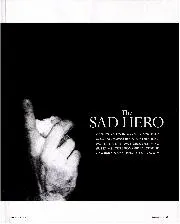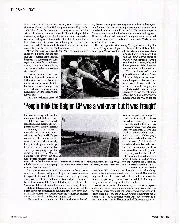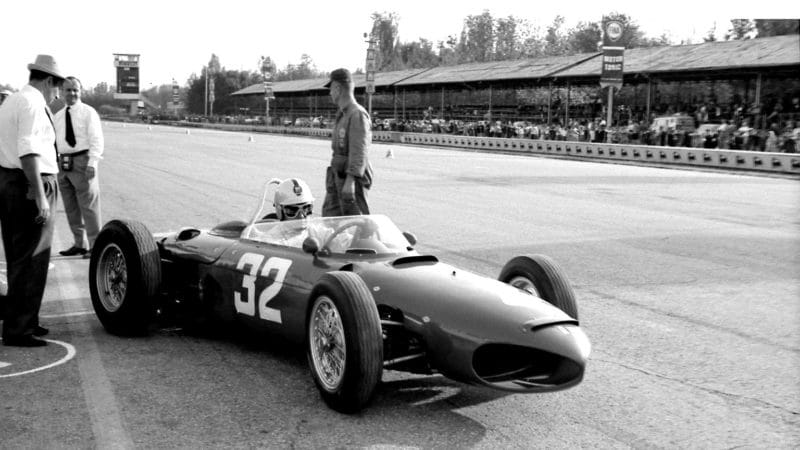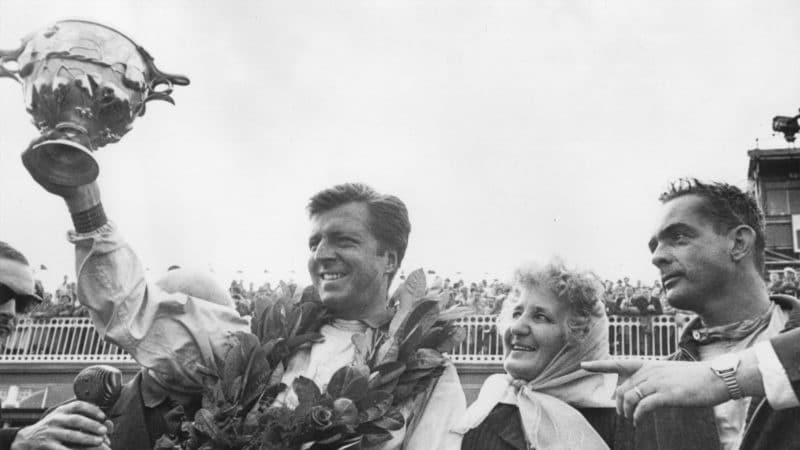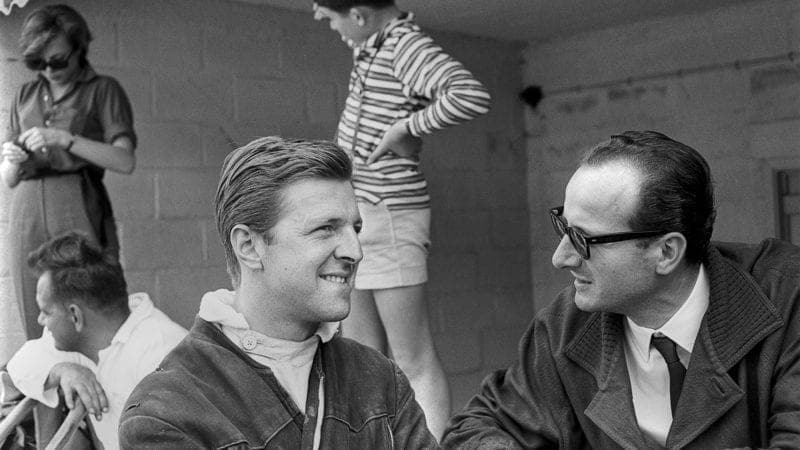“The V6 Ferraris were much heavier than the underpowered British cars and their handling and roadholding were inferior, but this didn’t matter in most races in 1961 because the Ferrari drivers were not under pressure and didn’t have to exploit performance to the full. In ’62, after I left the company, Ferrari was still racing these cars. By then the British were racing V8 cars that were as powerful as the Ferrari, but lighter and so much faster through the corners, and this made the Ferrari chassis’ shortcomings blatant.”
The British opposition
Stirling Moss’s 1961 victories against Ferrari at Monaco and the Nürburgring are rated among his very best. The Lotus 18’s Monte Carlo success must have shaken Ferrari, whose V6 cars had looked invincible.
RT: “Mr Ferrari was disappointed, but he recognised that Moss was the greatest driver of his era, a great tactician and also a great manager of his own affairs. He wanted Moss to drive for Ferrari, and they were planning to come to an arrangement for 1962, but of course this never happened because of Moss’s terrible accident at Goodwood. We recognised that if our V6 cars were to be beaten anywhere it would be at Monaco and the Nürburgring.
“Moss drove superbly at Monaco, but it was not that simple. Two of the cars driven by Phil Hill and von Trips had the older 65-degree engine, while the team’s chief tester Ginther had a car with the still not fully developed 120-degree engine. I liked Richie immensely and he was a superb test driver, but he was not as fast as Hill and von Trips. Moss won by 3.6 seconds from Richie, with Phil and ‘Taffy’ in third and fourth.
“Mr Ferrari should have kept Richie for 1962, but in the autumn of ’61 it was reported to him by Eugenio Dragoni (a friend of Mr Ferrari and my successor) that Ginther was seen talking to Tony Rudd of BRM in a restaurant at Modena. Mr Ferrari refused to renew Richie’s contract because he thought he was planning to join BRM. I learned that the meeting was purely social, but once he knew his contract was not going to be renewed Richie walked straight into a drive with the British team.
“The Nürburgring was another circuit where there were handling problems. Moss made a brilliant decision to use the latest Dunlop sticky wet-weather tyre on a dry circuit. He had calculated that they would be faster than the ordinary Dunlops used by Ferrari. It was not an easy win for Moss, his tyres were getting very worn, and although von Trips and Hill were closing on him a shower allowed Moss to extend his lead once more, and at the finish he was 21.4sec ahead of von Trips.”
Baghetti’s rise and fall
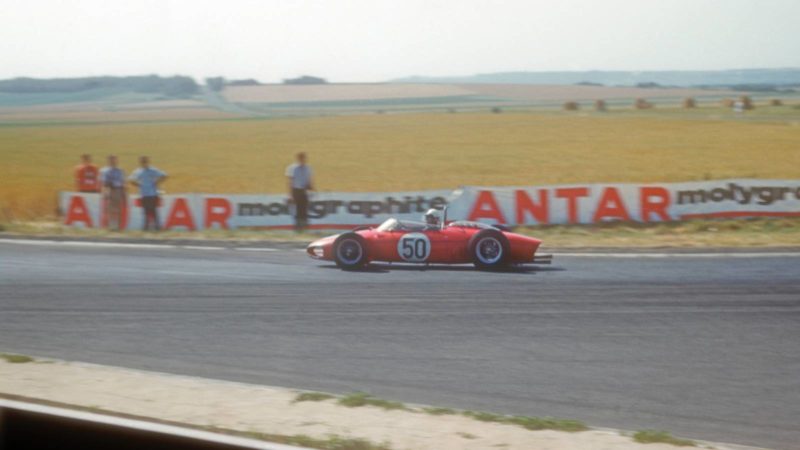
Giancarlo Baghetti (Ferrari) in the 1961 French Grand Prix at Reims
Grand Prix Photo
One of the most memorable features of 1961 was the performance of Giancarlo Baghetti, who came from nowhere and was brilliantly successful. Then, as a works Ferrari driver in ’62, he achieved virtually nothing and disappeared into obscurity.
RT: “Baghetti was well-known in Italy as a successful driver of OSCA and Dagrada Formula Junior cars. He came from a family of wealthy industrialists and when he wanted to enter Formula 1 he paid FISA (Federazione Italiana Scuderie Automobilische), a team set up to encourage a new generation of Italian drivers, for his rides in the 65-degree Ferraris.
He started his F1 career by winning [the non-championship race] at Syracuse, defeating Dan Gurney and Jo Bonnier in their works Porsche four-cylinder cars. Baghetti was a very fast driver in the sense that he could exploit the power of a fast car and keep it on the road.
“After this he won the Naples GP held the same weekend as Monaco and with a small entry. Mr Ferrari wanted to see him in full works cars, but it was not the practice to field another official entry at most races. But after the team had won the Dutch and Belgian GPs, we fielded the usual three drivers with the 120-degree car in the French GP at Reims and also made available a 65-degree car for Baghetti.
“In practice the drivers complained about poor acceleration out of Reims’ tight hairpin corners at Thillois and Muizon. So we fitted a lower first gear ratio to all the cars. The three 120-degree Ferraris were fastest in practice and set the race pace, until they ran into problems in the hot weather. Von Trips coasted into the pits with engine failure, Hill spun at Thillois as he lapped Moss and stalled his engine – Moss could not avoid hitting him and [effectively] putting both cars out of the race – and Richie retired because his engine started to seize up.



